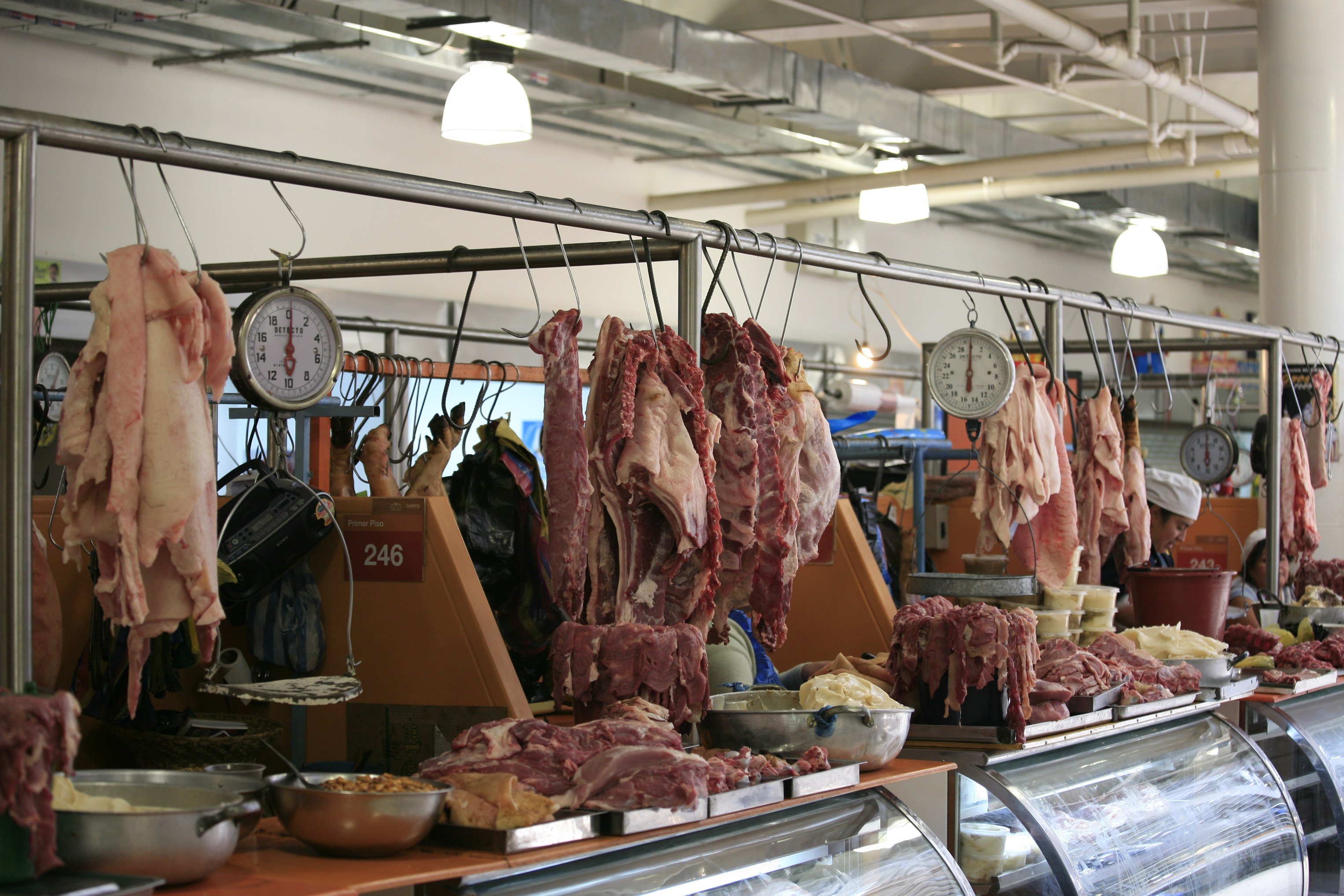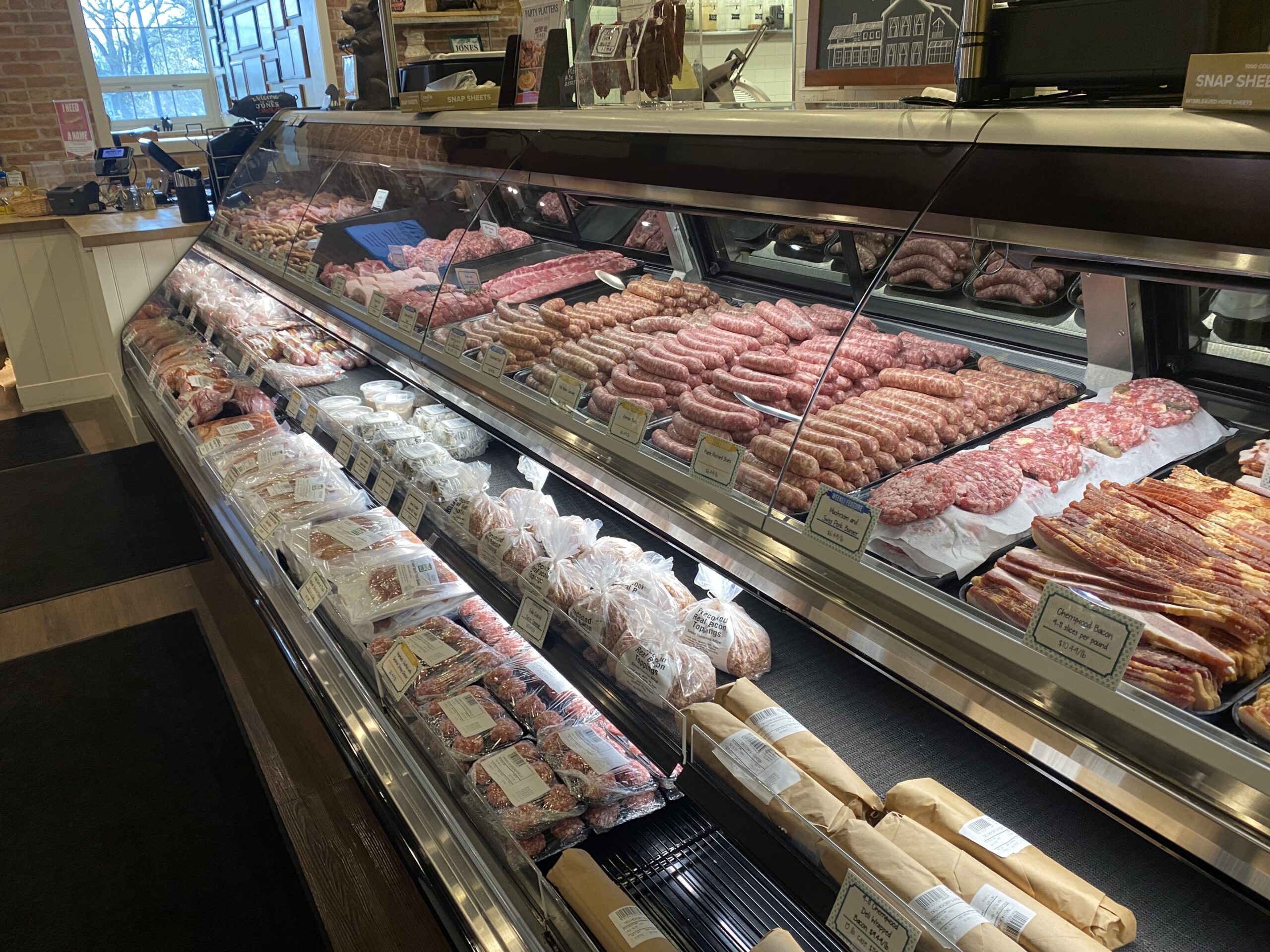Bagley Farms Meat Market Edwardsville IL: Your Relied On Source for High-Quality Meats
Bagley Farms Meat Market Edwardsville IL: Your Relied On Source for High-Quality Meats
Blog Article
Discover the Finest Choice of Cuts From Neighborhood Meat Market
In an age where the beginnings of our food are a lot more considerable than ever before, checking out the finest option of cuts from your regional meat market provides an engaging story of high quality and stability. These markets not only promise unparalleled freshness and preference yet likewise offer understandings into the subtleties of different primitive and sub-primal cuts.
Benefits of Local Meat Markets
Neighborhood meat markets use various benefits that are coming to be increasingly significant in today's food landscape. Primarily, they supply consumers with access to fresher and higher-quality meat. Due to the fact that the supply chain is shorter, local meat does not endure lengthy transport times, protecting its quality and nutritional worth. This close distance to the source also permits enhanced traceability, offering customers with transparency concerning where and how the meat was produced.

In addition, local meat markets add to the financial vitality of areas. By sustaining neighborhood manufacturers, customers help sustain little organizations and foster economic development within their region. This financial support can result in work production and help preserve the unique personality of local areas.
Understanding Various Meat Cuts
A basic aspect of making enlightened buying decisions at neighborhood meat markets is understanding the various cuts of meat readily available. Each cut uses one-of-a-kind flavors, textures, and cooking capacities, making it vital to identify just how they differ. Mostly, meat is classified into primal, sub-primal, and retail cuts. Primitive cuts are the larger sections originally separated from the carcass, such as the loin, rib, and chuck. These are further split right into sub-primal cuts, which at some point break down right into retail cuts, the acquainted options found at the marketplace.
As an example, from the beef primitive cut, the loin, one can acquire sub-primal cuts like tenderloin, leading to retail choices such as filet mignon. Similarly, the rib primitive cut includes sub-primal ribs, creating retail choices like ribeye steaks. Recognizing these differences help in choosing cuts that align with cooking demands and personal choices.
In addition, cuts differ in tenderness and fat material, affecting their excellent cooking approaches. bagley farms meat market edwardsville il. Tougher cuts like brisket advantage from slow-moving food preparation, while tender cuts like sirloin are fit for grilling. By comprehending these nuances, customers can boost their cooking experiences and enhance their meat purchases

Specialist Tips for Deciding On Meat
Choosing the perfect cut of meat calls for not just knowledge of the numerous options readily available however likewise an eager understanding of hop over to these guys quality signs that professionals make use of to make their options. Emphasis needs to be put on the shade of the meat. Vibrant, rich tones typically show freshness, while plain or grayish tones might suggest aging or inappropriate storage. Next off, consider marbling, the fine touches of fat within the muscular tissue. A well-marbled cut often assures boosted flavor and inflammation, as the fat melts during cooking, enhancing the meat's structure and preference.
An additional essential facet is the meat's appearance. Expert recommendations also involves examining the product packaging, if relevant.
Finally, comprehending the track record and sourcing practices of your neighborhood meat copyright can provide insights into the quality and honest criteria of the meat. Involving with well-informed butchers can additional reading supply important recommendations customized to particular culinary needs, making sure a superior dining experience.

Best Seasonal Options
When it concerns selecting the very best seasonal cuts of meat, recognizing the all-natural rhythms of animals and farming methods can considerably enhance your dining experience. Seasonal options are affected by aspects such as the reproducing cycles of animals and the accessibility of pasture. Springtime lamb is particularly sought after for its tenderness and delicate taste, owing to the rich fields that lambs forage on throughout these months. Fall is an exceptional time for beef, as livestock have actually spent the summertime months grazing on nutrient-rich lawns, resulting in delicious, marbled meat.
Selecting seasonal cuts not just makes sure quality however additionally aligns with the peak high quality of different meats. Pork, generally cured and preserved in the colder months, provides a rich range of cuts like ham and bacon during wintertime, when pigs are butchered after being fattened on autumn harvests. Chicken, on the other hand, is commonly at its finest throughout late spring and early summertime, when chickens have developed on a diet plan of fresh grains and greens.

Supporting Sustainable Practices
Welcoming sustainable techniques in meat manufacturing is necessary for promoting ecological wellness and ensuring the long life of local communities. In the context of local meat markets, sustainability involves a commitment to moral farming approaches, minimizing carbon impacts, and supporting biodiversity. By focusing on these practices, manufacturers not just enhance the top quality of their offerings but likewise add positively to their neighborhoods and the planet.
Regional meat markets play a you could look here critical duty in fostering sustainable farming by sourcing products from farms that carry out environmentally friendly techniques. These might include rotational grazing, organic feed, and incorporated parasite management, which collectively minimize ecological impact and promote animal well-being. By picking to support such markets, consumers can directly affect the need for sustainably elevated meat, encouraging more producers to embrace these methods.
In addition, lasting methods in meat production can significantly reduce the sector's environmental footprint. Sustaining lasting practices not just profits the environment but additionally lines up with a broader dedication to accountable intake and manufacturing.
Conclusion
Regional meat markets offer unequaled advantages in terms of high quality, quality, and sustainability. Supporting regional meat markets not just promotes sustainable farming techniques but additionally adds to a more enlightened and satisfying cooking trip.
Report this page